Workplace safety is not just about protecting employees; it’s also about protecting your bottom line. At STC, we’re committed to fostering safer workplaces and preserving human life through comprehensive safety training and compliance measures. When it comes to insurance costs, a proactive approach to safety can make a substantial difference. Here’s how investing in robust safety programs can positively impact your insurance premiums.
The Direct Correlation Between Safety Programs and Insurance Premiums
According to OSHA, businesses spend an estimated $1 billion per week on workers’ compensation costs alone. Companies that have adopted strong safety programs find that their insurance premiums are often reduced significantly. These programs include regular training sessions, hazard identification, and elimination strategies, which collectively help in preventing accidents and injuries. By demonstrating a commitment to safety, businesses can often negotiate lower insurance rates.
Reducing Liability Through OSHA-Compliant Programs
One of the most effective ways to demonstrate your commitment to safety is by following OSHA guidelines. Insurers often give weight to a company’s compliance with these standards when determining rates. OSHA compliance not only reduces the likelihood of workplace accidents but also signals to insurance companies that you’re a low-risk client. This can translate into substantial savings, making your safety program an investment that pays for itself over time.
Safety Training & Compliance Safety Programs
Investing in safety training and compliance services like those provided by STC can result in a win-win situation for both employers and employees. Effective training programs can result in a safer workplace, fewer accidents, and consequently, lower insurance premiums. When you prioritize safety, you’re not just preserving human life; you’re also preserving the financial health of your company.
In conclusion, workplace safety is not just a moral obligation but a financial one as well. Businesses that invest in safety programs not only protect their employees but also enjoy the economic benefits of lower insurance costs. Emphasizing safety through training and compliance can save you both dollars and lives. Want to learn more about how safety programs can impact your insurance? Check out our blog today!
Photo Sourced from Getty Images: #1130057122

